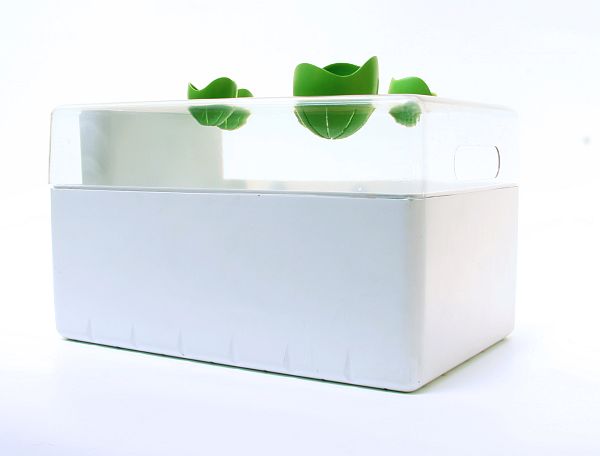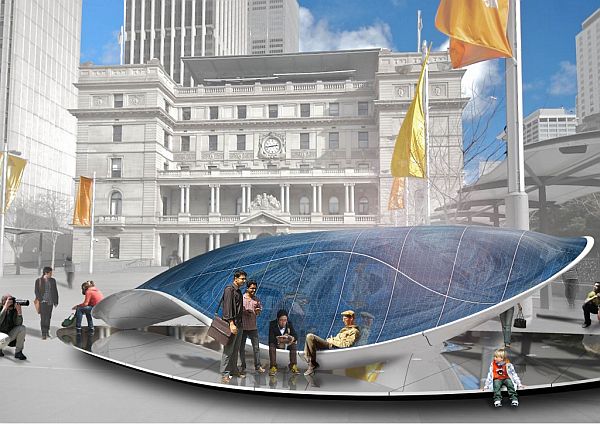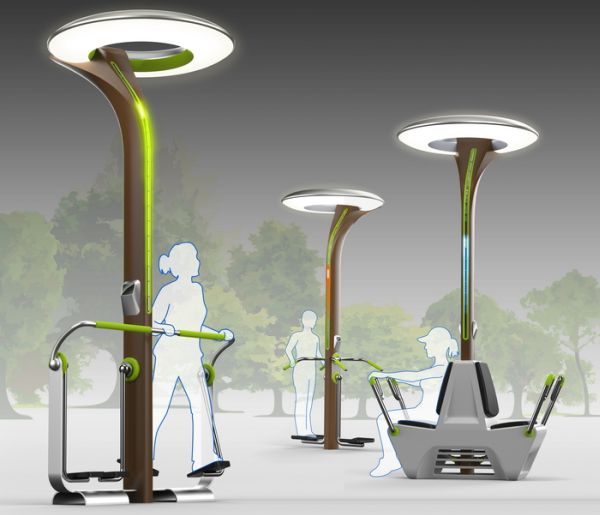
Much has made over the gradual loss of fertile lands for the very basic and important of human endeavors. Yes, we are talking about agriculture and its after effects. Statistically, around a third of humanity’s work force is employed in the agricultural sector. But land transformation (the use of land to yield goods and service) is considered as the most harmful way in which humans are altering Earth’s very own Eco-system. This adverse impact leads to huge loss of biodiversity and overall land degradation (with decreased productivity). According to a report by UN-FAQ, this volume of degraded lands affects around a whopping 1.5 billion people (around one fourth of all humanity)!
Now, scientists and researchers have envisaged a number of solutions to this crucial predicament, and one of the more credible and newer techniques among them is known as hydroponics farming. In relation to this, industrial designer Alex Huffadine has conceptualized the Sprout – an enclosed hydroponics appliance that grows its own vegetables.
Hydroponics at its most basic definition means the novel technique of growing plants in water, without the need for soil. Now, this statement may baffle many of us. But logically and scientifically, it is not the soil itself that nourishes plant life. Rather, the soil acts as the sort of natural ‘reservoir’ for the mineral nutrients that are important for plant growth. So, when these myriad of mineral nutrients are dissolved in water (instead of soil matter), plant roots are able to absorb them to be nourished wholesomely.
Coming to the intrinsic attribute of the Sprout, the designer has envisaged an enclosed polymer system that will nourish and grow its own produce. The appliance will utilize continuous-flow solution culture (solution for the nutrients) for the nourishment process of the plethora of vegetables. This advanced mechanism entails the constant flow of the nutrient solution past the roots of the plants. This makes the process easier to automate than the static solution culture, by allowing crucial adjustments to the temperature and concentration (of nutrients) for an optimum level of nourishment.
As for the material, the designer has thought of using the sustainable Ingeo bio-polymer plastic. This type of naturalistic plastic is conceived by indirectly from the sugar component, which occurs due to the breaking down of plant starches during photosynthesis. The carbon in conjunction with the other elements present in this sugar is then utilized for the creation of the bio-polymer material. So, in simpler terms, Ingeo is manufactured from natural plant matter.
Finally, coming to the benefits of the Sprout system, according to the designer, it will (to some degree) save our precious and finite space (which otherwise would have been used for conventional agriculture). Moreover, without the requirement of soil, the water is contained within the system, which can further be re-used. This significantly lowers the cost of water, while the nutrient levels are sufficiently controlled in an automated environment. But most importantly, the growing plants themselves act as natural absorbers of carbon dioxide, thus reducing the overall emanation of greenhouse gases.
Source: Coroflot




